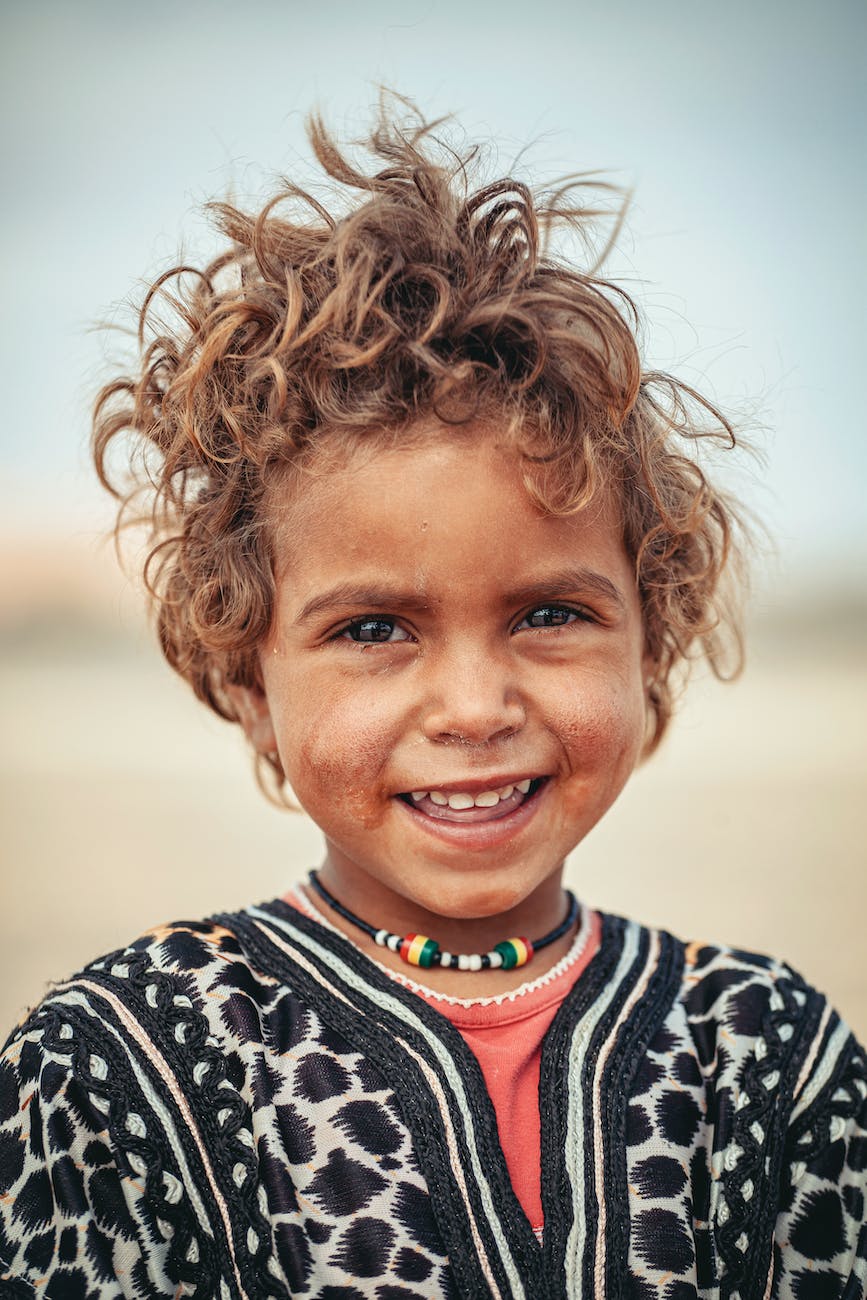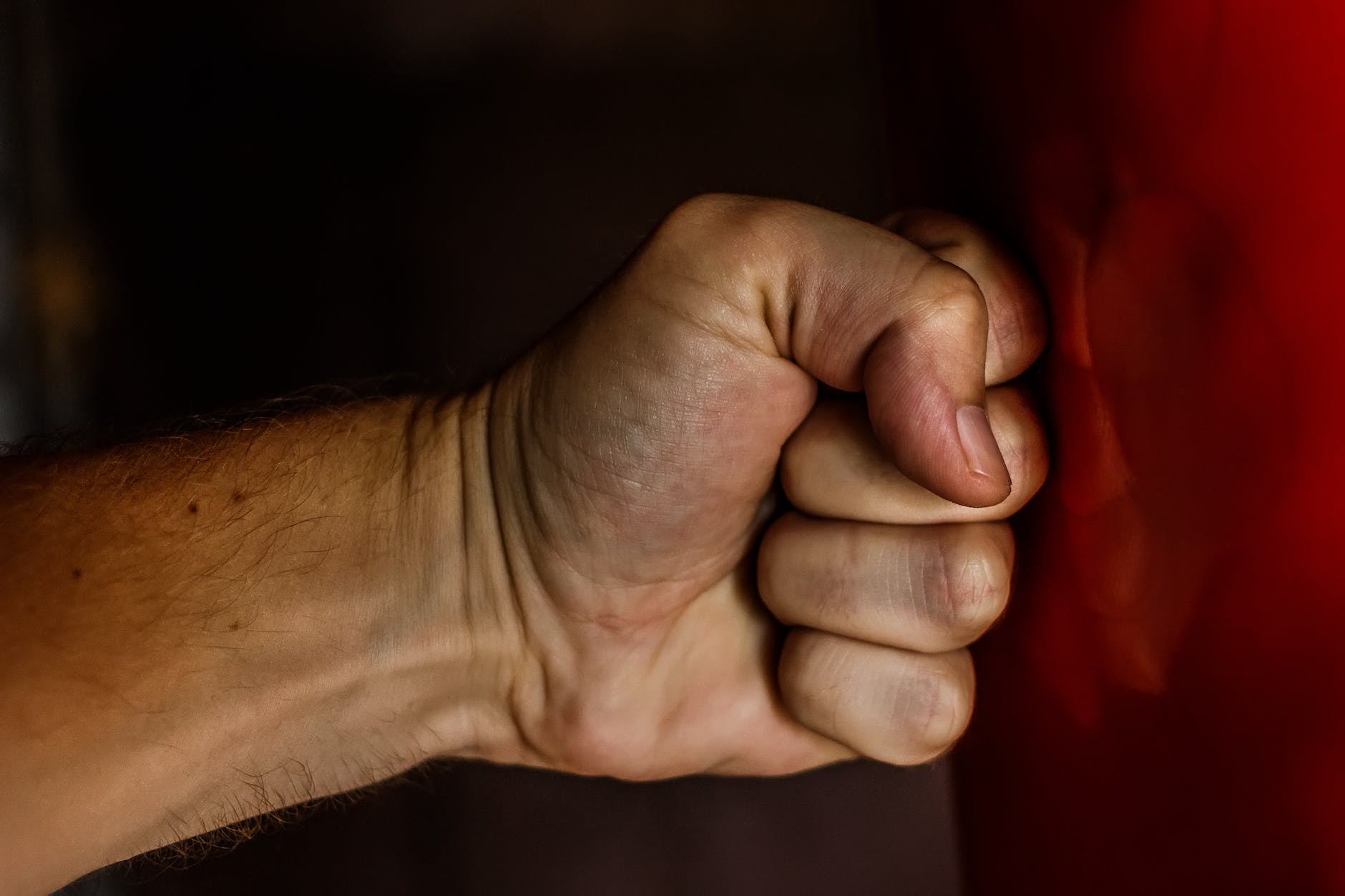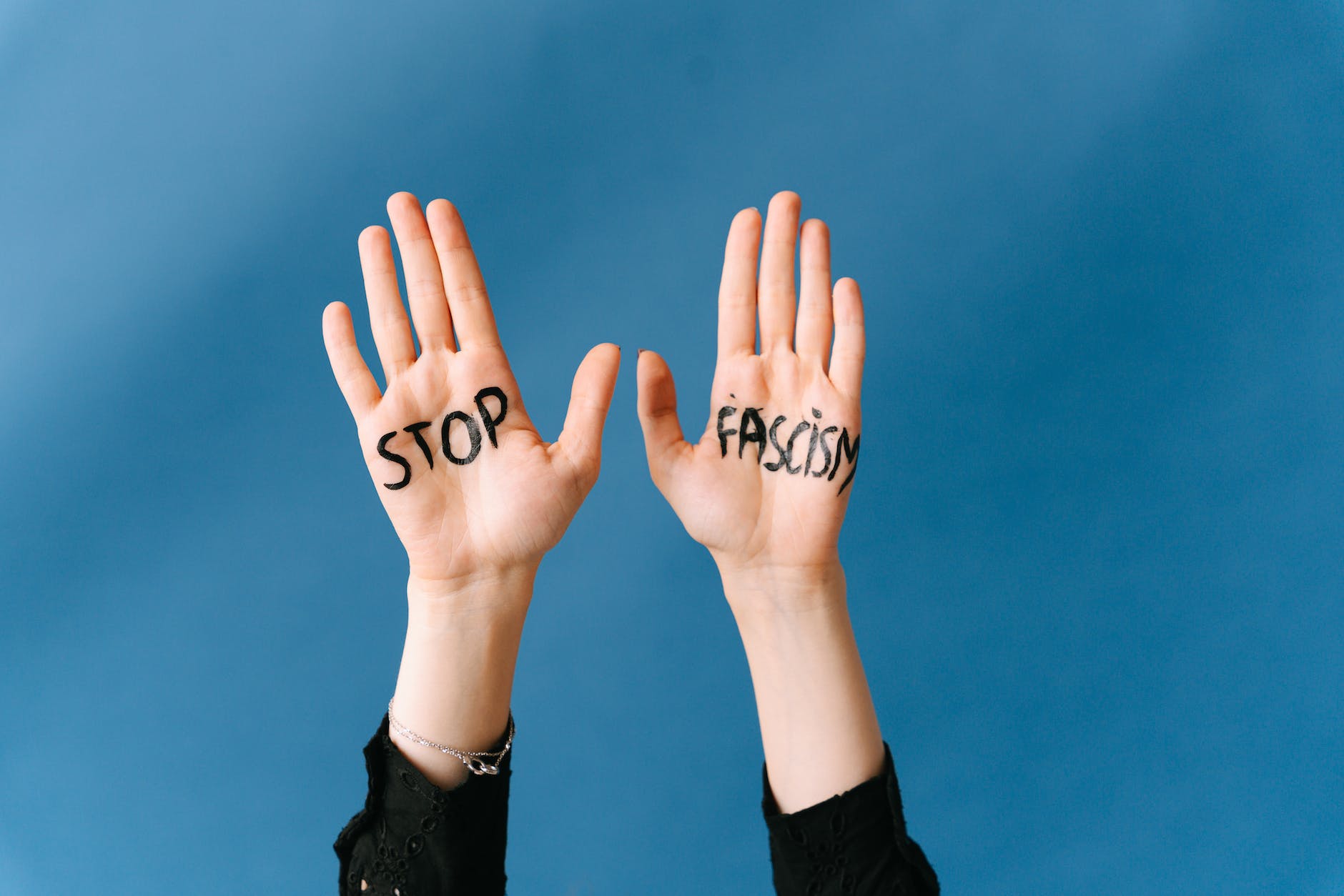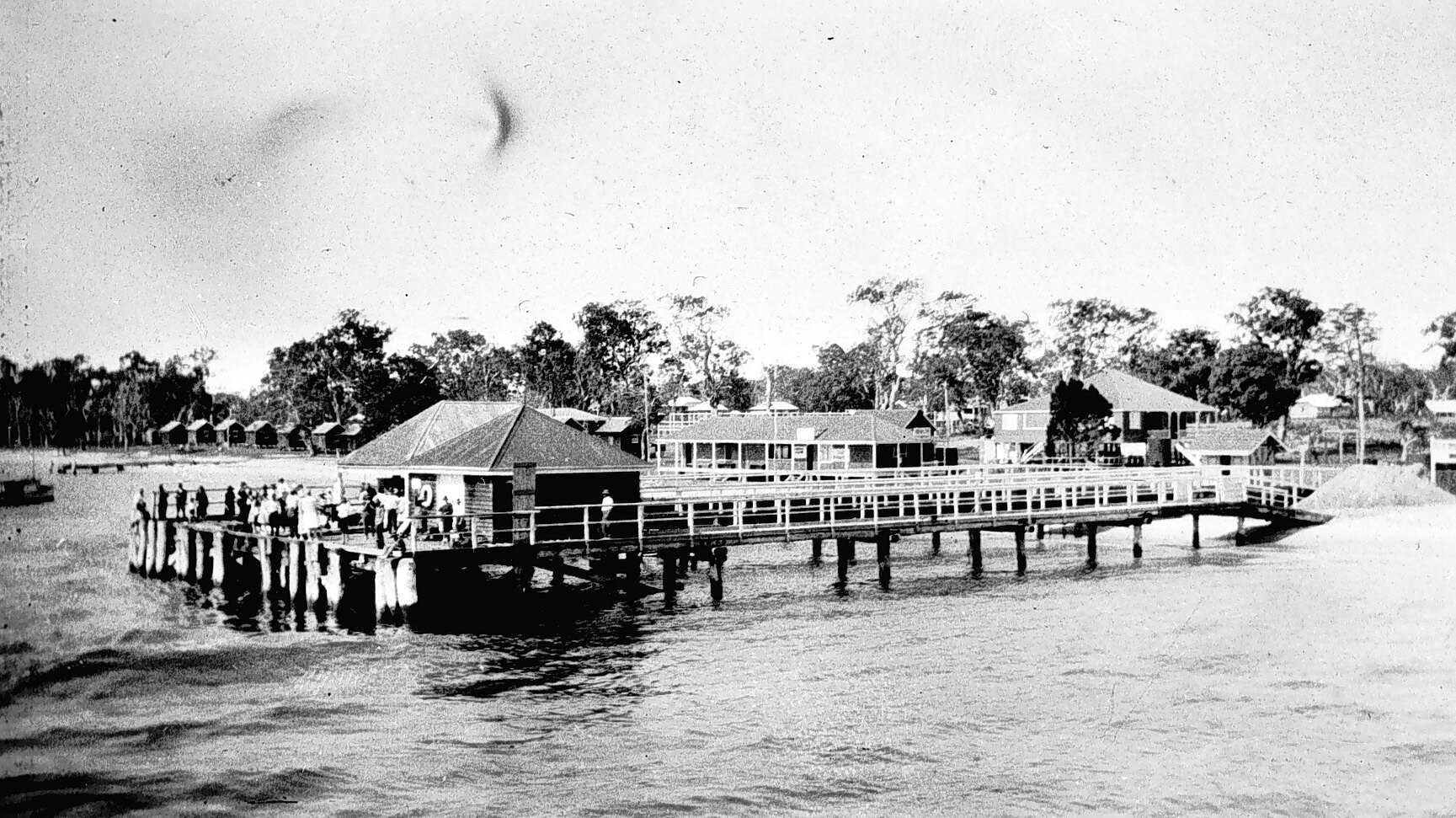
Fairweather Time Travel On Bribie Island
I live on Bribie Island, a small island off the coast of South East Queensland. It is connected to the mainland by a bridge and is some 80km north of Brisbane. Fairweather time travel on Bribie Island. The bridge is relatively new, as it was built in 1961-63. Today, Bribie Island is home to some 21, 456 people as of 2022 figures. One man who was not in favour of the bridge being built was Ian Fairweather. Still considered one of Australia’s foremost artists of the twentieth century, the late Ian Fairweather lived on Bribie for a good couple of decades.
“When he died in 1974 after a long period of self-imposed austerity and improvisation on Bribie Island, Queensland, Ian Fairweather was at the apex of his fame. He had been called ‘our greatest painter’, and his works were keenly sought by galleries, collectors and artists.”
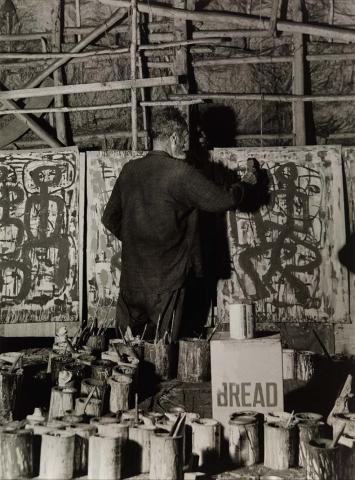
Ian Fairweather Travelled To Bribie Island & Decided To Stay
Ian Fairweather lived like a hermit in bush humpies on Bribie Island. I recently read a collection of his letters sent to family, friends, and gallery administrators. Letter writing is no longer a culturally significant pastime these days but remains a wonderful record of the thoughts and concerns of their author. It is a way to get inside the head of the writer at a particular time and place.
Reading Fairweather’s letters affected me quite profoundly. Whether it was the fact that I was living quite close to where he had lived and the intimacy in which he communed with his natural setting on Bribie, or something else, I was mesmerised by his missives.
https://www.textpublishing.com.au/books/ian-fairweather-a-life-in-letters
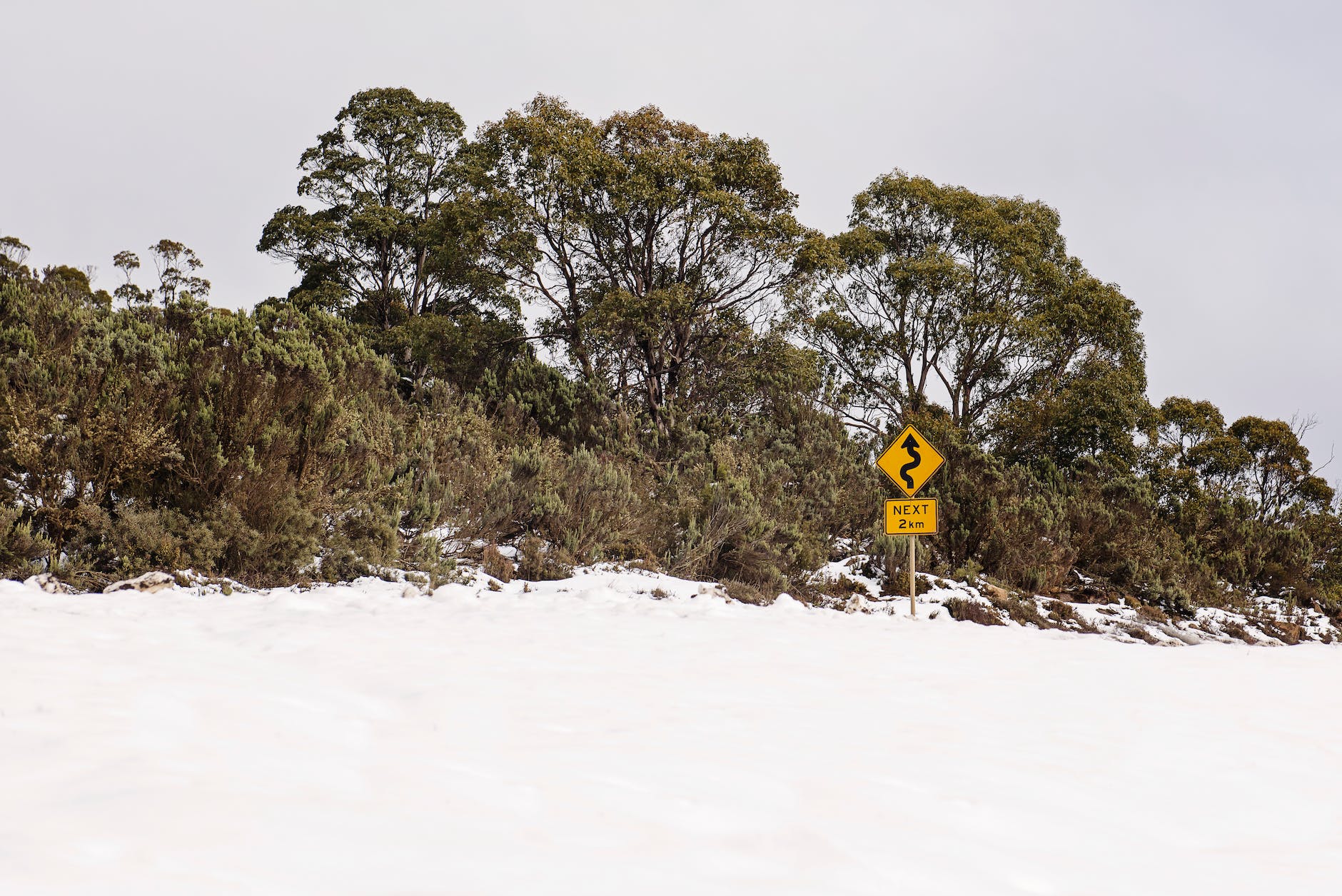
Fairweather’s Mental Journey Not Plain Sailing
Fairweather may well have been affected by mental health issues. Indeed, family and friends adjudged his lifestyle choices as peculiar in the extreme. The modern world looks upon individuals who withdraw from society as somewhat strange. The medicalisation of our current era diagnoses such folk as in need of specialist medical help and probably medication. Psychiatry would see Ian Fairweather as a human being suffering from mental health conditions.
Fairweather, the artist, channelled his unique view of the world into large daubings on paper. The fact that some in the rarefied world of artistic appreciation valued Ian Fairweather’s work meant that he became a hot commodity.
Art Of A Distinctive & Unfamiliar To Anglo Sensibilities Nature
State and national galleries would purchase his work and Fairweather would win art prizes. Still, Fairweather the man would live alone in his bush humpy with goannas, birds, and wallabies as lifestyle companions. I play golf, often, on Bribie, as the golf course at Woorim is my neighbour. I walk this beautiful course and frequently see those same creatures that Fairweather communed with. Families of tree monitor lizards with their long tails reminding me of Aboriginal art. Kangaroos and wallabies emerging from the bush to munch on the lush grass. A cacophony of crows, kookaburras, and butcherbirds amid the native flora. These were some of the companions Fairweather mentions in his letters. The realisation put me to Fairweather time travel on Bribie Island, as the modern view of Bribie faded and was replaced with the essentials of nature.
These creatures and the bush had always been here, whereas the roads, houses, and people were merely new arrivals on the scene.
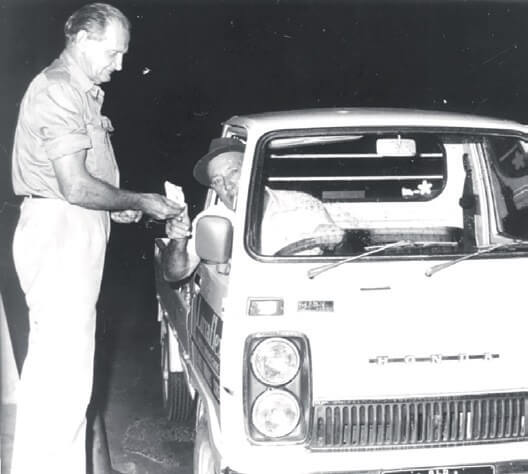
“During the post-war period, private motor cars had become increasingly popular, and the long steamship trips from Brisbane were no longer attractive. The Tug Co. relinquished their Steamships and assets on Bribie in 1953, and an attempt was made to maintain the service by a few residents who purchased the SS Koopa. It too soon failed, and from 1954 to 1963 motor vehicles by private car ferry was the only access to Bribie. The resident population of Bribie was then about 500 people and the car ferry cost was an expensive 10 shillings return.”
Ian Fairweather’s letters became more acute in tone, as he aged and towards the latter part of his life. There is a paranoid quality to them and they affected me on this basis. Whether it was because we shared a hermitical inclination, although his was much more manifest than mine, or the pandemic lockdown had sown seeds of distrust in my own psyche, I became aware of suspicion dancing around the edges of my mind.
Fairweather observed the growing popularity of Bribie Island and did not want that bridge built. He thought it would destroy the pristine nature of the place and that his paradise would be invaded by Philistines. He was probably right on both fronts.
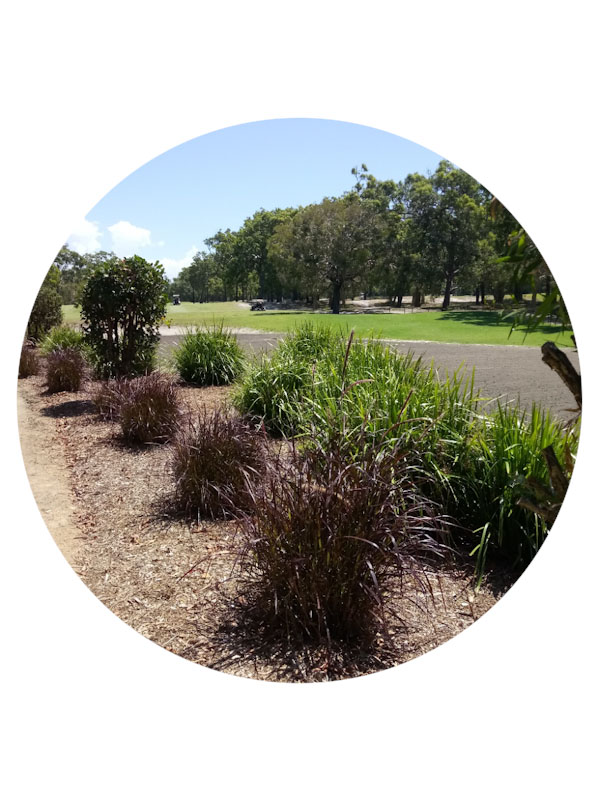
Ian Fairweather’s Letters
Ian Fairweather was born in Scotland on the 29 September 1891 in the Bridge of Allan. He fought in WW1 and this may well have had serious implications upon his mental health. His parents were part of the colonial administration of India and returned there shortly after his birth leaving him in the care of a great aunt. This was, also, very likely not overly conducive to his mental wellbeing. He did not see them again until he was 10 year’s old. Fairweather would embark on an Asian odyssey after the Great War visiting and living in China, Bali, Colombo, and Australia. Prior to his travels he studied art in the Netherlands, London, and Munich.
“Schooled in Jersey and London, Fairweather showed an interest in adventure, philosophy and drawing before enlisting in the British Army in 1914. Serving in World War One in Dour, France, he was captured by Germany as a prisoner of war and spent four years in various camps, illustrating prisoner of war magazines and learning Japanese. After being released at the end of the war, Fairweather decided to become an artist full-time, undertaking studies in Chinese calligraphy and oriental art in London and travelling extensively through Asia, Europe and Australia, taking inspiration from artists and scenes he met with along the way.”
If you haven’t spent time in front of some Ian Fairweather art I recommend the experience. In Queensland, you can find several large pieces at the Queensland Art Gallery in Brisbane. The art is probably different to what you normally perceive as two dimensional painting.
It has oriental qualities to it and is akin to Chinese lithography in the way it lays out symbols and patterned stylised images. I am no expert in art, but Fairweather’s work has always intrigued me and got me thinking about things.
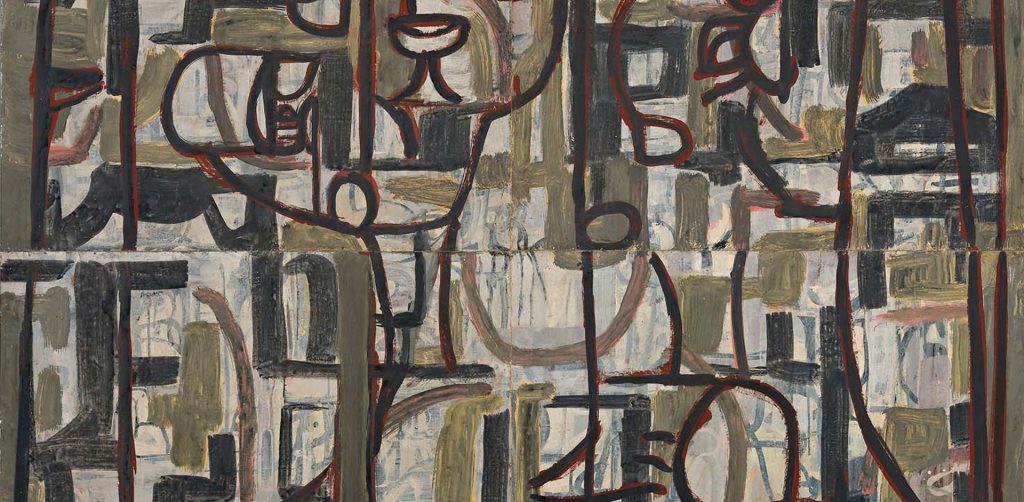
Clare Roberts has expertise in these fields and shares that about Fairweather in her excellent books. I recommend delving into them if you are interested in the art and the ideas around it.
“Her conclusion is Fairweather was an artist who belonged to no nation but took his own path, wandering for truth. What that truth may be is woven through the text – in the description of the young man caught in an avalanche in Switzerland and feeling at one with the mountains, of the sailor wanting to be with the sea, and the old man exposed to the elements, living on an island off the Queensland coast.”
‘Fairweather’s heroic task as an artist, and “lonely abnormal individual”, was to keep the world—of place, weather, family, his dealers, and a few fellow artists who were friends—both within reach and at a manageable distance. Scrupulously edited, the letters in which he did this, with all their paranoid anxieties, and grumps and prejudices, are both comic and engagingly human. Meanwhile the works are always quietly behind him in the dark.’
David Malouf
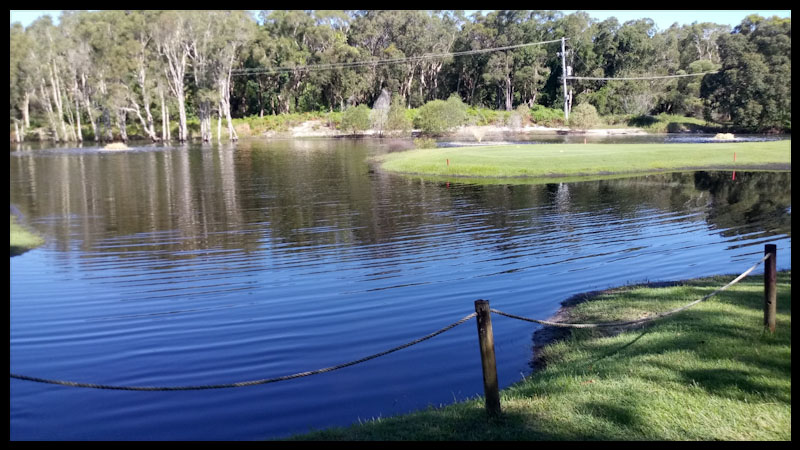
In my own battles with my mental health during the period I was reading Fairweather’s letters I strongly empathised with the feelings of persecution present in the artists’ missives to family and friends. I had recently moved into a new rental apartment and was undergoing the quarterly inspection by the property manager. I had not finished moving in, as I was exhausted by the experience having done the move by myself. Carrying large couches up flights of stairs in your sixth decade is not recommended. To cut a long story short I was amazed to receive a letter warning me that I could be evicted if I didn’t arrange my belongings in a more orderly manner. The apartment was very clean but the fact that I had my own paintings leaning against walls was deemed a fire risk. I had to get a lawyer to go through my lease to fight back despite the fact I was paying large amounts of rent in an inflated rental market. Poor people being shafted by landlords is a common experience in Australia in the current clime. Fairweather living in a humpy on Crown land was even more exposed than me to the machinations of the modern economy and the crushing wheels of progress.
His survival as a free spirit and artist with burgeoning international reputation was a minor miracle in this day and age.
https://www.bonhams.com/auction/24136/lot/6/ian-fairweather-1891-1974-painting-vi/
Ian Fairweather (1891-1974)
Painting VI
signed lower left: ‘Ian Fairweather’
polyvinyl acetate paint and gouache on cardboard
65.5 x 100.0cm (25 13/16 x 39 3/8in).
(1891-1974)
Painting VI
IMPORTANT AUSTRALIAN AND ABORIGINAL ART INCLUDING WORKS FROM THE ESTATE OF MARY MACHA AM
19 November 2017, 16:00 AEDT
AU$150,000 – AU$200,000
Robert Sudha Hamilton is the author of several books and lives on Bribie Island in the shadow of a ghost. Fairweather time travel on Bribie Island takes him back to a simpler more essential place before all the people invaded paradise.
©HouseTherapy
-
 Sampler Version Bite & Smile PDF$0.00
Sampler Version Bite & Smile PDF$0.00 -
Product on sale
 Bite & Smile PDF VersionOriginal price was: $12.99.$11.99Current price is: $11.99.
Bite & Smile PDF VersionOriginal price was: $12.99.$11.99Current price is: $11.99. -
Product on sale
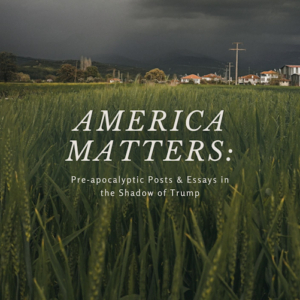 America Matters PDF version by Robert Sudha HamiltonOriginal price was: $11.99.$10.99Current price is: $10.99.
America Matters PDF version by Robert Sudha HamiltonOriginal price was: $11.99.$10.99Current price is: $10.99. -
Product on sale
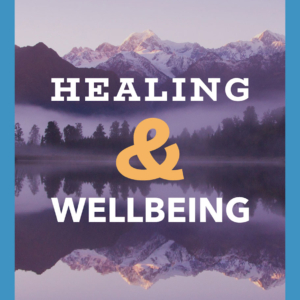 A Guide To Healing & Wellbeing PDF versionOriginal price was: $10.99.$8.99Current price is: $8.99.
A Guide To Healing & Wellbeing PDF versionOriginal price was: $10.99.$8.99Current price is: $8.99. -
Product on sale
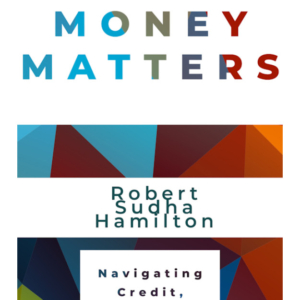 Money Matters: Navigating Credit, Debt & Financial Freedom PDF formatOriginal price was: $14.99.$11.99Current price is: $11.99.
Money Matters: Navigating Credit, Debt & Financial Freedom PDF formatOriginal price was: $14.99.$11.99Current price is: $11.99. -
Product on sale
 Money Matters: Navigating Credit, Debt & Financial Freedom MOBI formatOriginal price was: $14.99.$11.99Current price is: $11.99.
Money Matters: Navigating Credit, Debt & Financial Freedom MOBI formatOriginal price was: $14.99.$11.99Current price is: $11.99. -
Product on sale
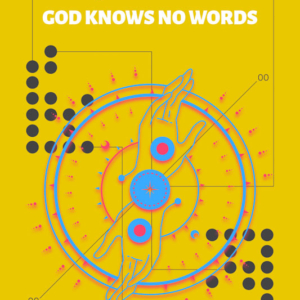 SpeakTruth: God Knows No Words EPUBOriginal price was: $10.99.$8.99Current price is: $8.99.
SpeakTruth: God Knows No Words EPUBOriginal price was: $10.99.$8.99Current price is: $8.99. -
Product on sale
 The Golf Book: Green Cathedral Dreams PDFOriginal price was: $10.99.$7.99Current price is: $7.99.
The Golf Book: Green Cathedral Dreams PDFOriginal price was: $10.99.$7.99Current price is: $7.99. -
Product on sale
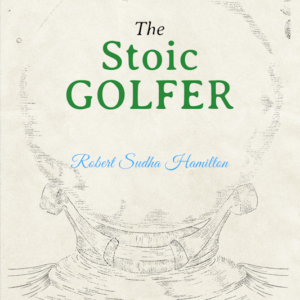 The Stoic Golfer: Finding Inner Peace & Focus On The Fairway MOBIOriginal price was: $10.99.$9.99Current price is: $9.99.
The Stoic Golfer: Finding Inner Peace & Focus On The Fairway MOBIOriginal price was: $10.99.$9.99Current price is: $9.99.




